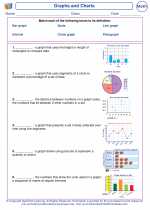Triangular Prism
A triangular prism is a three-dimensional shape that consists of two triangular bases and three rectangular faces. The two triangular bases are connected by three rectangular faces, forming a prism that looks like a tent or a wedge.
To find the surface area of a triangular prism, you can use the formula:
formula">Surface Area = 2 * (base area of the triangle) + (perimeter of the triangle) * (height of the prism)
To find the volume of a triangular prism, you can use the formula:
formula">Volume = (base area of the triangle) * (height of the prism)
Understanding the properties and formulas related to triangular prisms can help you solve problems involving this geometric shape.
For example, if you know the base length, height, and side length of the triangular prism, you can use the formulas to calculate its surface area and volume.
Overall, triangular prisms are important geometric shapes that are used in various real-world applications, such as architecture, engineering, and design.
.◂Math Worksheets and Study Guides Third Grade. Graphs and Charts
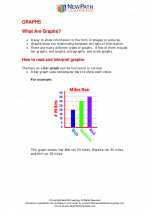
 Activity Lesson
Activity Lesson
 Activity Lesson
Activity Lesson
 Activity Lesson
Activity Lesson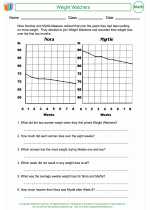
 Worksheet/Answer key
Worksheet/Answer key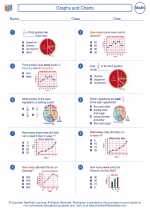
 Worksheet/Answer key
Worksheet/Answer key
 Worksheet/Answer key
Worksheet/Answer key
 Worksheet/Answer key
Worksheet/Answer key
 Worksheet/Answer key
Worksheet/Answer key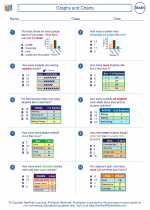
 Worksheet/Answer key
Worksheet/Answer key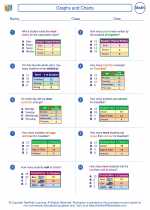
 Worksheet/Answer key
Worksheet/Answer key
 Worksheet/Answer key
Worksheet/Answer key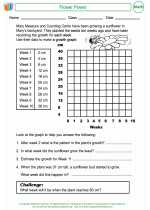
 Worksheet/Answer key
Worksheet/Answer key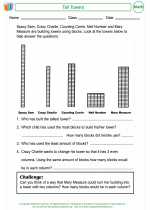
 Worksheet/Answer key
Worksheet/Answer key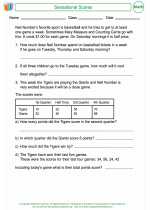
 Vocabulary/Answer key
Vocabulary/Answer key